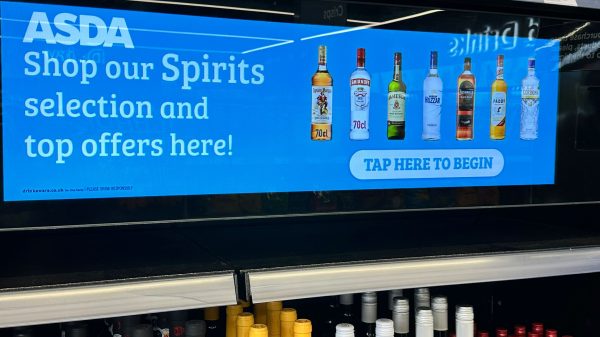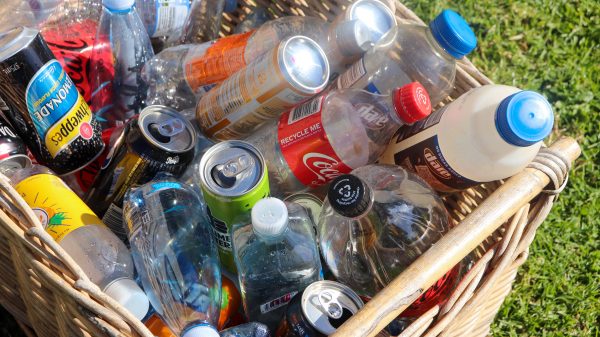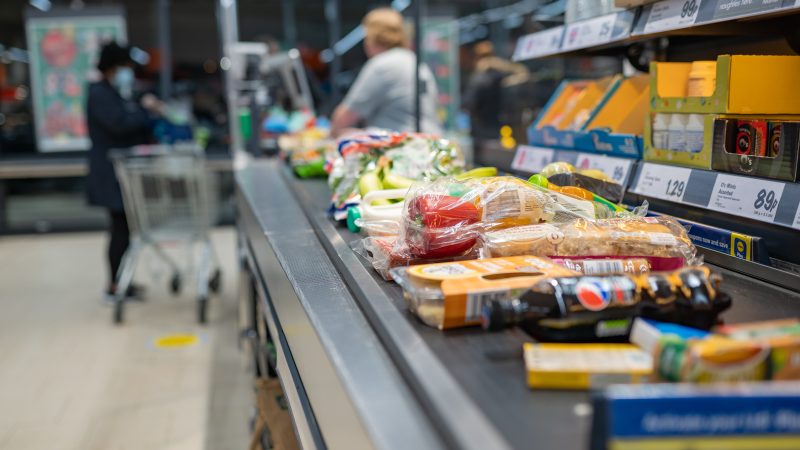Almost half (48%) of consumers say that portion size is the main reason they leave food when eating out, research shows.
According to new data from climate action NGO Wrap, on average almost 15% of main courses are left uneaten.
The research found that 45% eat out less during the cost-of-living crisis, 32% order fewer takeaways and when people do eat out, 20% order fewer drinks and 16% opt for less food or fewer dishes.
Despite this, the amount of food left on plates has increased since 2020, with top binned foods including chips at 25%, as well as salads and vegetables.
Subscribe to Grocery Gazette for free
Sign up here to get the latest grocery and food news each morning
Wrap’s latest findings also found that both portion sizing and reported levels of waste have increased relative to previous years as in 2012, 41% of people said ‘the portion was too big’ resulting in leftovers, with this having risen to 48% today.
However, 63% admitted to being concerned about wasting food when they eat out, with the main worry being the waste of money.
In looking to reduce this, Wrap’s latest report highlights opportunities for food services to help customers make more infomed choices when eating out by building awareness about portion size and provding information on the menu.
This comes as 53% of consumers would find it useful to have clear information about side dishes and 51% would use this to help determine better portion sizes.
“While most food waste happens in our homes, plate waste when eating out is still significant, and there are ways that businesses and their customers can prevent this,” Wrap director of business collaboration and change, Catherine David said.
“A key challenge our research highlights is that while customers are concerned about food waste, large portions can be linked with their perception of value for money.
“But many are looking for more choice on portion size or better understanding of what is included in their dish, and there are several simple changes and tactics that can be adopted by businesses to ensure that we are feeding people and not bins.”










